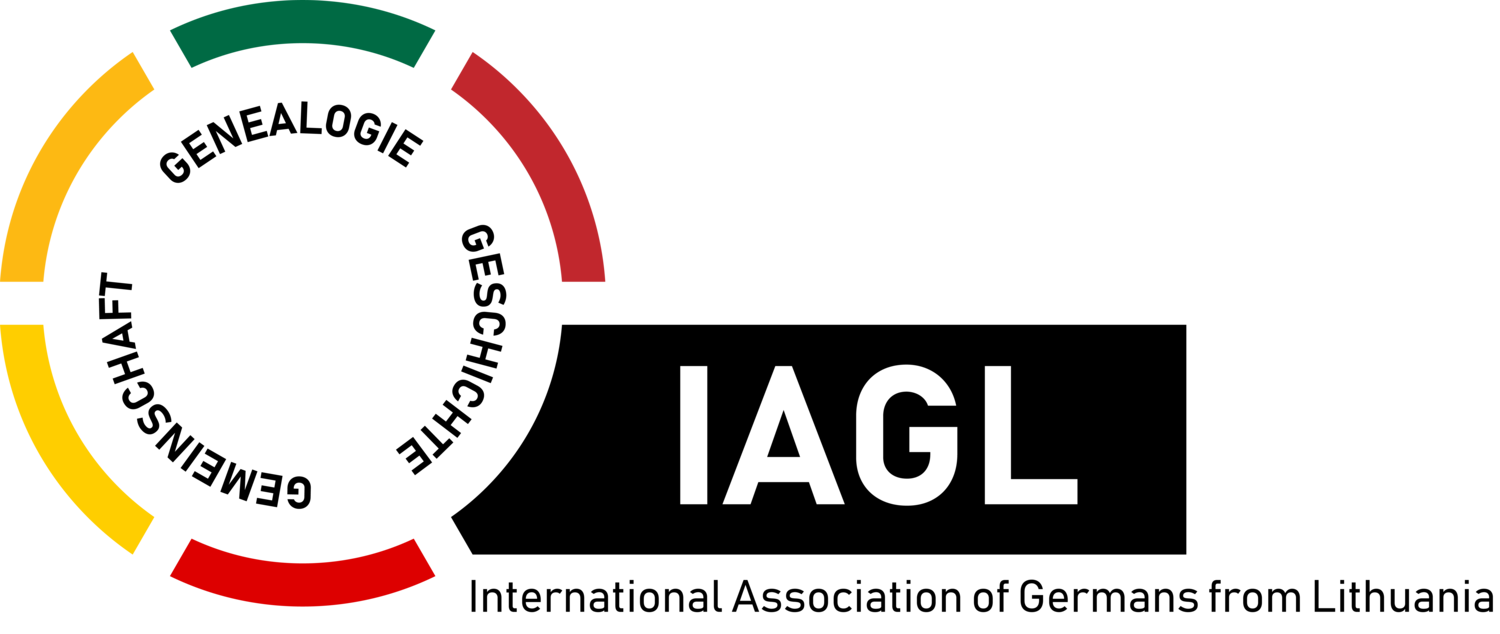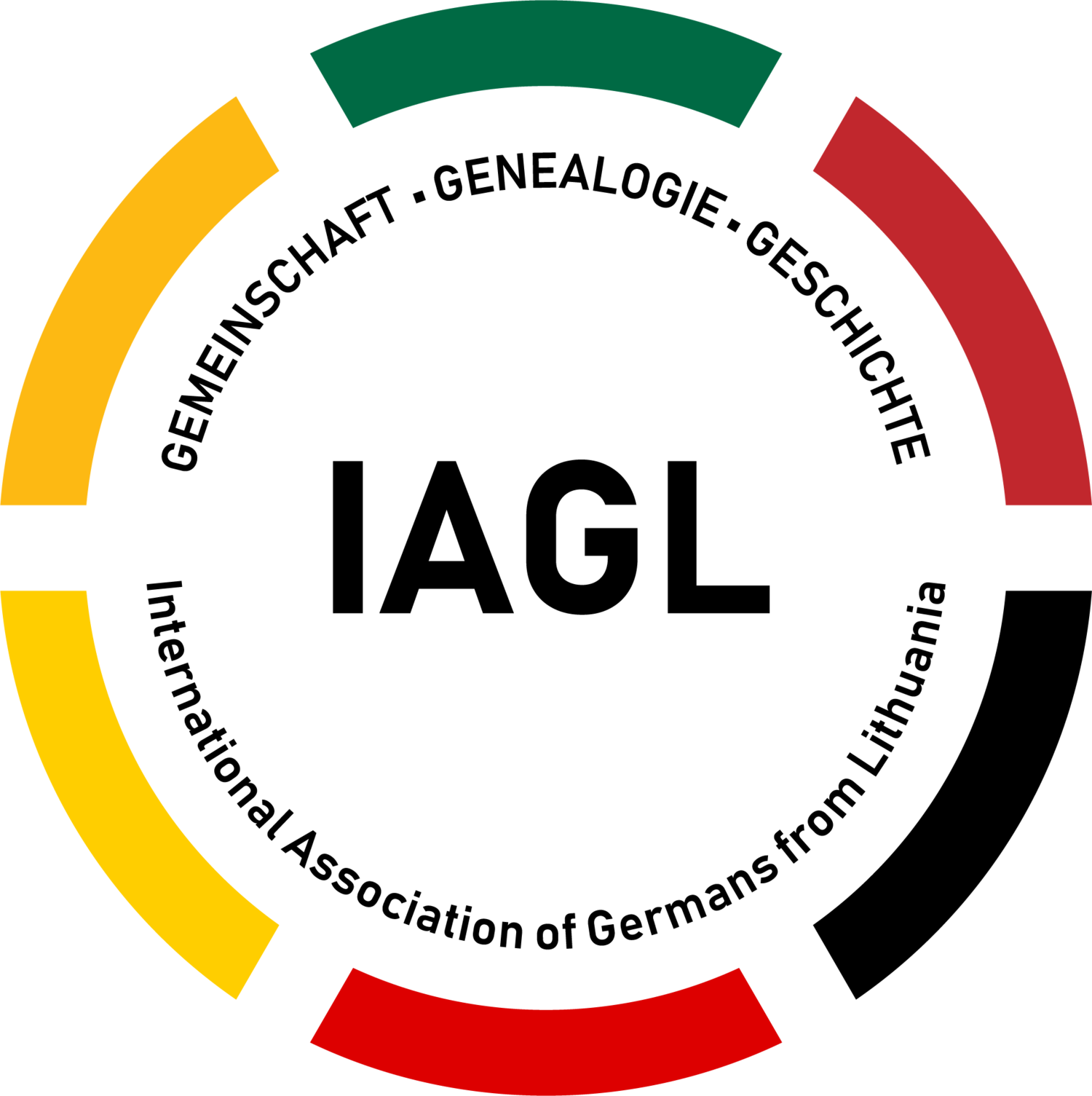The Towns & Villages in the Suwałki Gubernia: Online Index
The Towns & Villages in the Suwałki Gubernia: Online Index
Finding that all-important birth, marriage, or death record of your Deutsche aus Litauen ancestor is challenging enough–researchers in this field will understand the struggle not just of finding the records themselves, but then of translating them to extract the information.
Just transliterating (changing the letters from one language into another) the names of the individuals within the records can be difficult too, when dealing with multiple languages such as German, Polish, Russian, and Lithuanian, (and in some cases, a mix of all the above!). Johann (German) becomes Jan (Polish) or Ivann (Russian), and even Jonas (Lithuanian.)
Place names are another interesting complexity. Much in the same way that the transliteration of individual’s names provides multiple spellings and interpretations, the same applies to the names of the towns and villages. Researchers and family historians experience much confusion trying to decipher the modern location of the places in the records. For those researching their Deutsche aus Litauen ancestors in the former Suwałki Gubernia, here is (1) a useful aid to make identifying place names much easier and (2) an online index that will prove extremely helpful.
The resource is Słownik geograficzny Królestwa Polskiego i innych krajów słowiańskich [Geographical Dictionary of the Kingdom of Poland and other Slavic Countries] published between 1880 and 1902 in Warsaw by a number of different authors. If you have experience doing research in Germany, it is similar to the well-known Meyers-Orts but for the Deutsche aus Litauen.
Słownik contains names of villages with information such as the location of the town or village, the number of its inhabitants, and even the history of the place. In some cases, the entry for a particular town has one sentence; others contain pages of information. Regardless, it is almost always informative for helping you locate where your ancestors lived.
The full text of the book is online and viewable thanks to the University of Warsaw, which you can find here. However, navigating the pages to find the location you are looking for can be very challenging because of the size and breadth of the publication. Several efforts have been made to index and transcribe the dictionary online and one such group, Jamiński Zespól Indeksacyjny (Jaminski Indexing Team), has done just that.
This team has indexed a large portion of the dictionary of places and, even more useful, they specifically indexed towns and villages in the Suwałki region and surrounding areas at the end of the 19th century. This index is extremely helpful for those researching their Deutsche aus Litauen ancestors because the majority lived in the former Suwałki Gubernia of the Russian Empire.
You can view the online index here.
Since village names in church records could be written in several different languages and further interpreted by the scribe (who may have been transliterating the name from Polish or German into Russian), being able to browse through a list of village names by letter helps immensely in finding the right village.
An example is the village of Rėčiūnai, located just north of the city of Wischtiten (Vištytis.) In many records of the Wischtiten Lutheran Church, you’ll see the name of that village written in Polish as Rrzeczuny or Rzcezuny, but you may also see it written in German as Retschunen, in Russian as Речунаи (Rechunai) and finally in Lithuanian as Rėčiūnai. Even with just one of these versions, you have enough information to search the online dictionary index to try and find the entry:
An excerpt from the online Słownik:
Rzeczuny, wieś, pow. wyłkowyski, gm. Kopsodzie, par. Wisztyniec, odl. od Wyłkowyszek 28 w., ma 36 dm., 200 mk. W 1827 r. było 11 dm., 62 mk.
Translated, it states:
Rzeczuny, village, Wyłlowyski county, Kopsodzie community, Wisztyniec parish, distance from Wyłkowyszek 28 verst, has 36 houses, 200 inhabitants. In 1827 had 11 houses, 62 inhabitants,
Entry from the online index
All of this information is extremely useful, especially if we do not know where Retschunen is on a map.
This entry tells us that it is a village in Wyłkowyski (Wilkowischken; Vilkaviškis in Lithuanian) county which gives us a general area in which to look. It then states that it is in the Kopsodzie community (Kaupischken; Kaupiškiai in Lithuanian) which helps to hone in the area of the village even further. Then it states that it is part of the Wischtiten parish–so we know that it must be located nearby since that is where the parishioners attended church.
Using these clues–the county, the community, the parish, and even the distance from a larger city–to look on a map from the appropriate era, will help the researcher more easily locate the village in question. Usually, Słownik will start with the name of the village, and work its way up through larger neighboring communities. This method of organization is helpful too because you will likely be able to work backward and first locate the larger villages (which generally are listed on maps in larger typeface) and then scan the surrounding area on the map to find the location you’re looking for.
http://maps.mapywig.org/m/WIG_maps/series/100K_300dpi/P31_S35_PRZEROSL_1931_300dpi_bcuj297860-285058.jpg
Resources for maps of the area will be another upcoming blog topic.
An important aspect of using the Geographical Dictionary of the Kingdom of Poland and other Slavic Countries, is translating the entries properly, which means you must also be aware of the meanings of the various acronyms and abbreviations. The Jaminski Indexing Team landing page for the online dictionary index, contains a list of those abbreviations at the bottom of the page here: https://jzi.org.pl/en/miejscowosci-suwalszczyzny/
Google Translate or a good old-fashioned printed Polish dictionary, will help you immensely.
Have other resources that you use? We’d love to hear about them! Send a note to info@germansfromlithuania.org




